A Japanese proverb says: “The crane lives for 1,000 years, the minogame 10,000 years”.
Japan is a country that has many different traditions and legends of turtles. One of its most famous is the mythological giant turtle known as the minogame (‘straw raincoat-turtle’ due to the tail resembling a farmer’s straw coat). The minogame is regarded as a very auspicious creature in Japanese culture and has made appearances in arts, crafts, and even in modern-day popular culture. The idea behind the minogame is that certain turtles have the ability or good fortune to become hundreds or thousands of years old. And these turtles, sitting like silent buddhas in their ponds, will naturally start grow seaweed or freshwater plants on their shells as they meditate. When they move this growth trails naturally behind them like a coat (in fact, the term minogame is originally related to the word mino, or straw raincoat).
SPECIFICATIONS
• Blade Material: Folded 1095 carbon steel
• Edge: Fully-sharpened
• Treatment: Hand Forged, Differentially Hardened, Heat Treated & Tempered, Water Quenched
• Blade Length: 27.5 inches
• Tsuka: 11 inches wood
• Saya: 30.5 inches wood with raden inlay (mother of pearl and abalone shells)
• Tsuba / Fuchi / Kashira / Menuki / Habaki / Seppa: Brass
• Tsukaito / Sageo: Black
• Mekugi: 2 bamboo pegs
• Samegawa: Real ray skin panels
• Nakago: Full tang
• Hamon: Real natural toran (billowing) pattern
NOTES
• Specs may vary slightly from sword to sword
• Can be disassembled
• Includes cloth bag
• Packaging: carton box
The minogame is said to live at least a thousand years with some living up to 10,000 years and have a long, hairy tail, which is actually seaweed and algae that have grown on its shell due to its ripe old age (a symbol of longevity and felicity). It’s very similar to the real-life common tortoise, which can live for hundreds of years. In Japanese culture, the minogame represents longevity and wisdom, and is a long-revered symbol of both. In art, it is often shown with other gods and symbols of longevity, such as the crane, or Taoist deities such as Jurōjin. The minogame has long been depicted by Japanese artists. Many have depicted Urashima Taro’s famous undersea voyage, or have otherwise been inspired by it. Minogames have been the subject of sculptures, ukiyo-e prints, surimonos (color paintings), and all other kinds of art forms over the centuries, both past and present.



Jurojin (one of the Seven Gods of Good Fortune) with two minogame
Modern day minogame
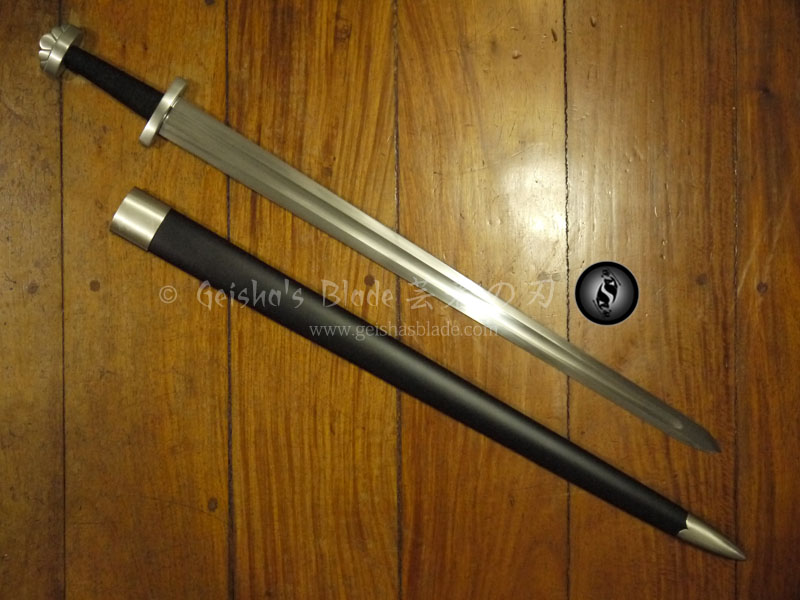




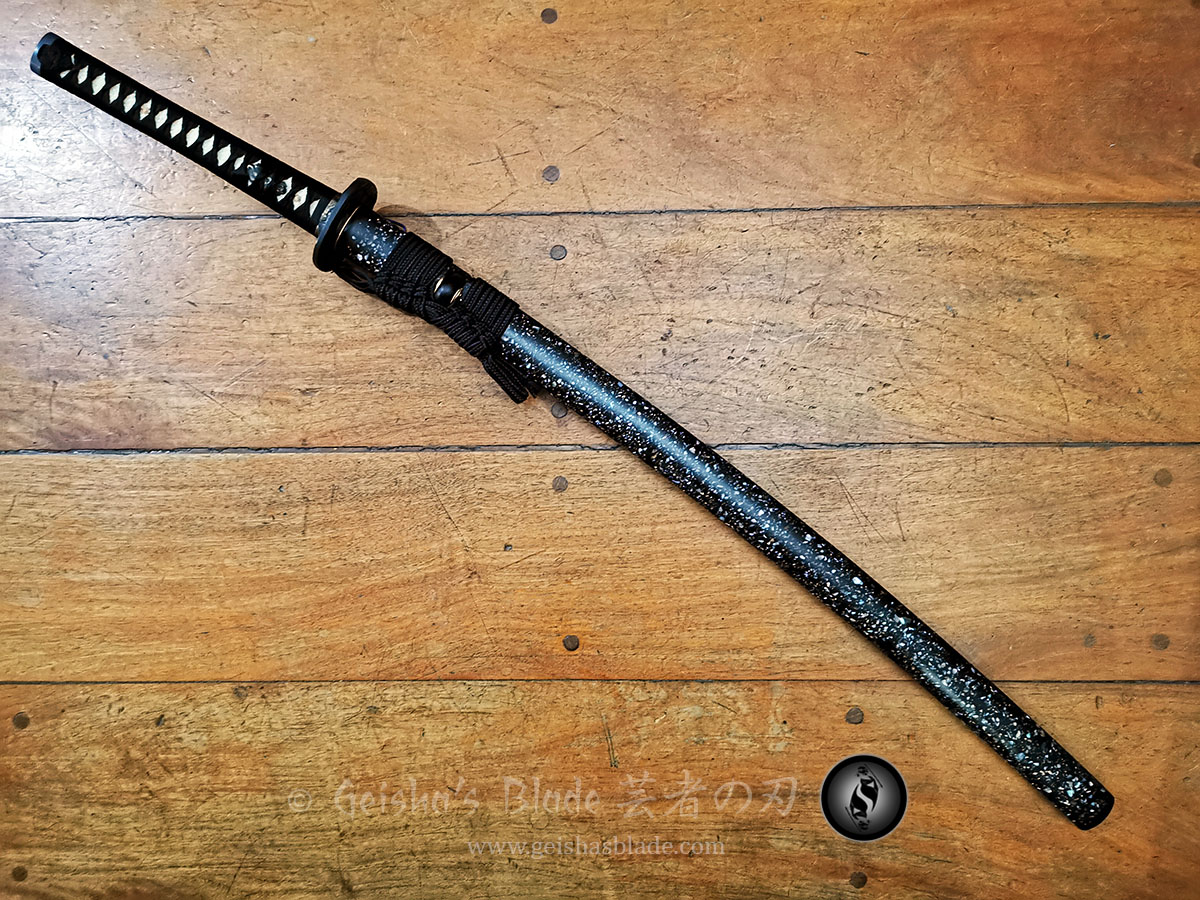


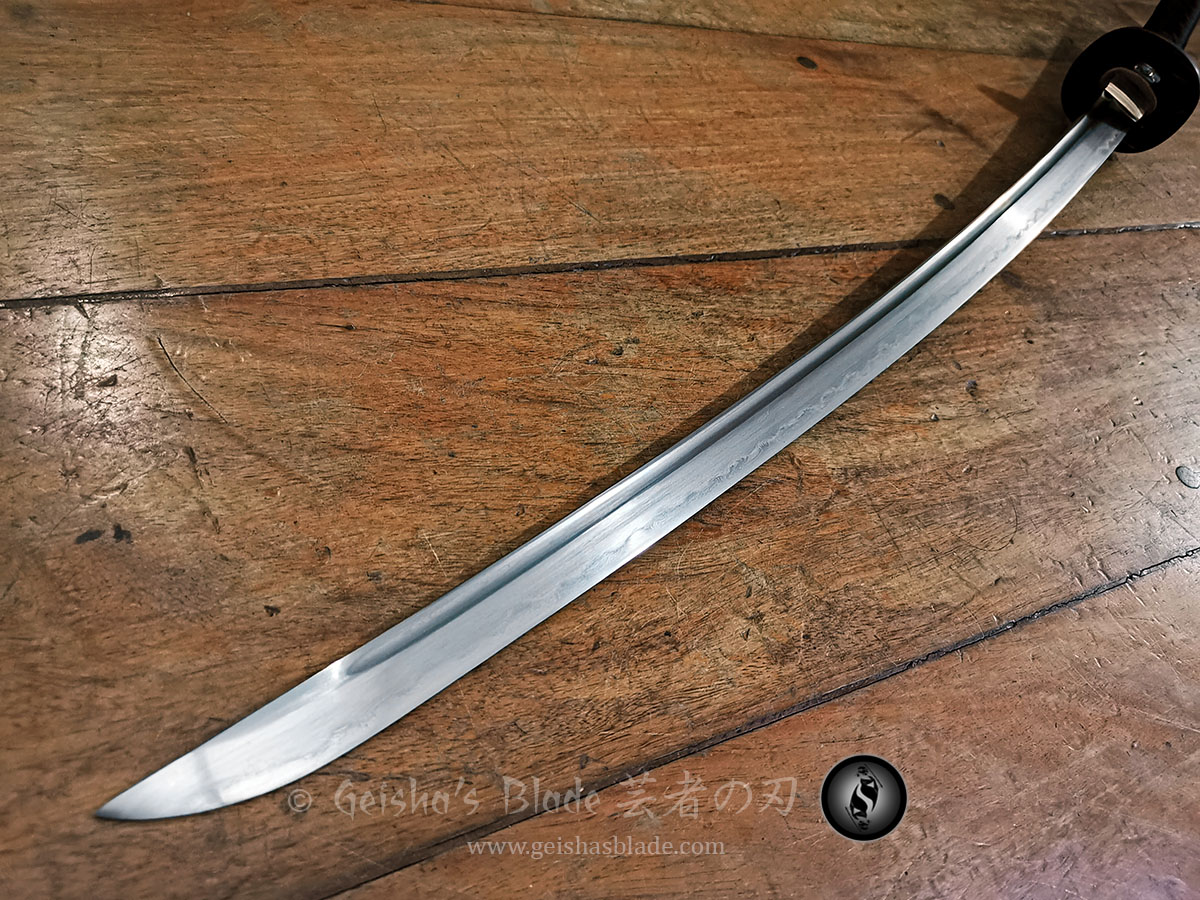









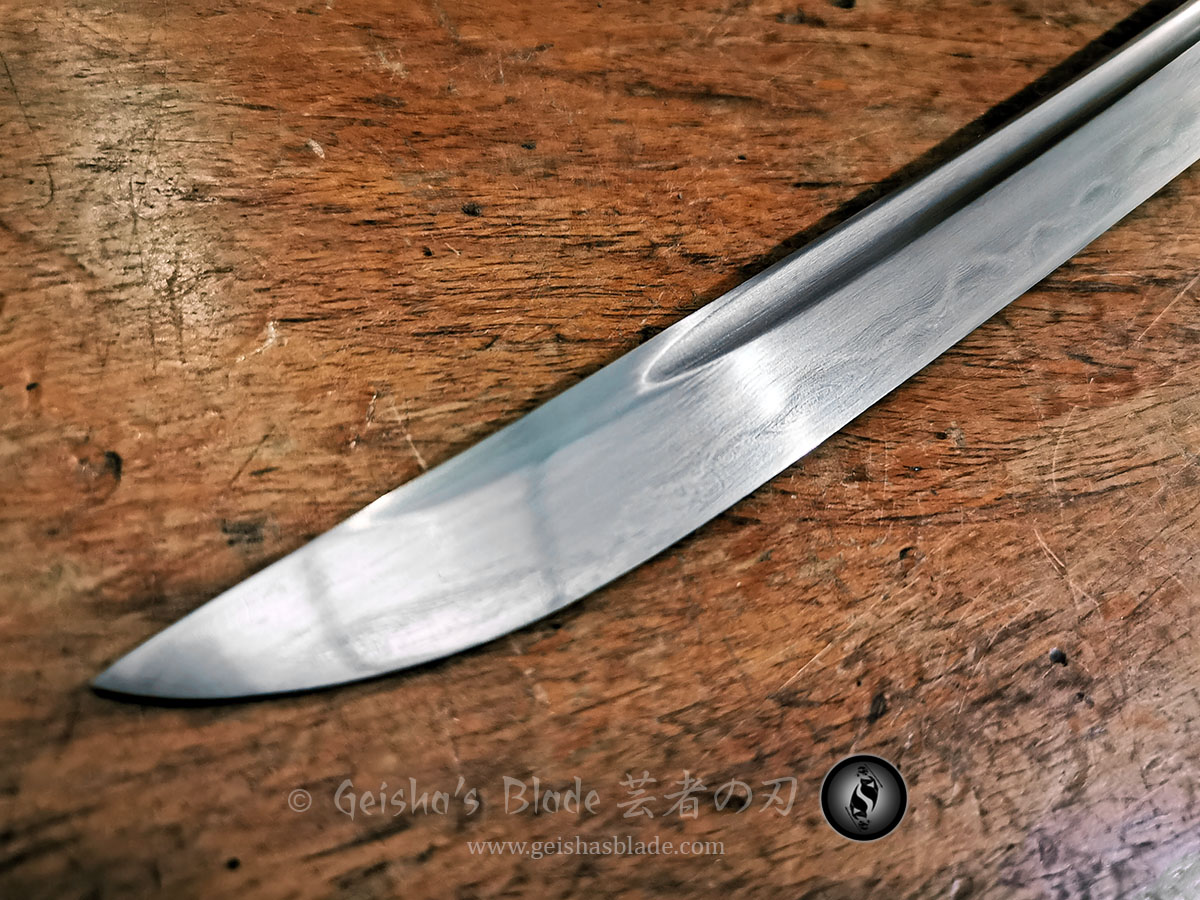




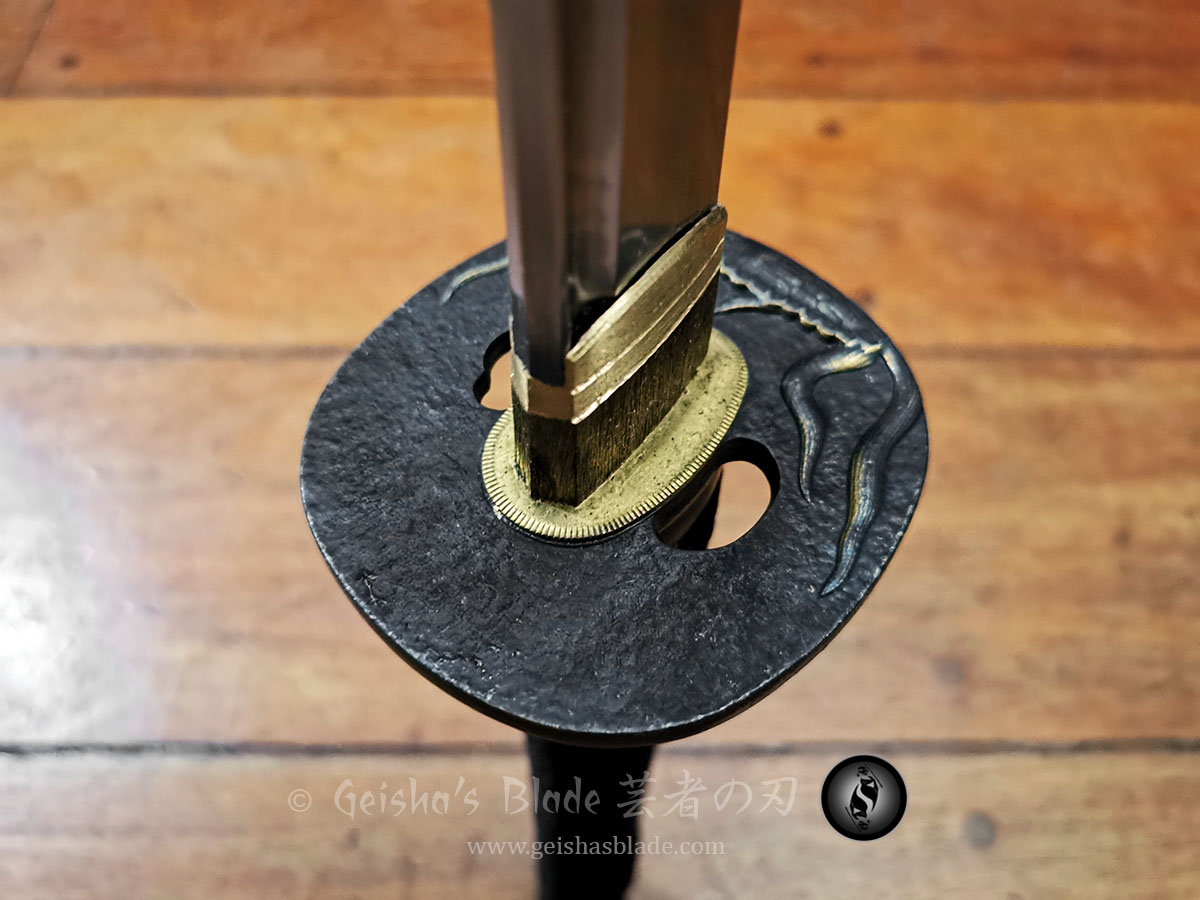





















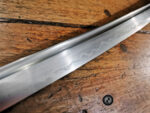



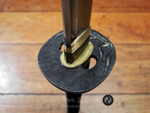

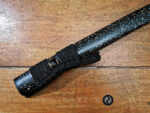


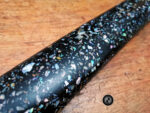






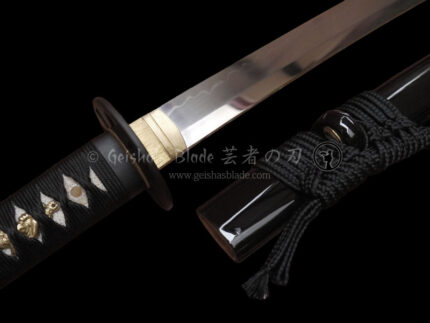
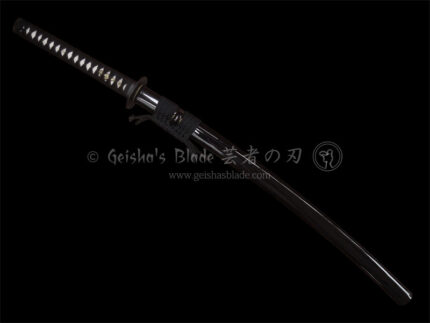
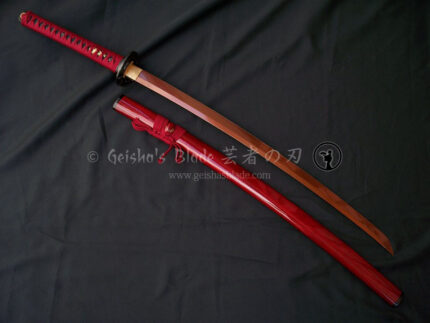











Reviews
There are no reviews yet.